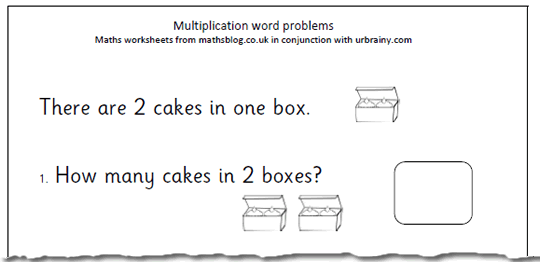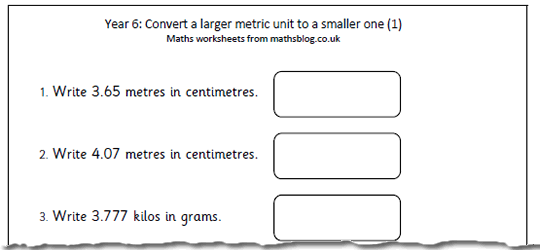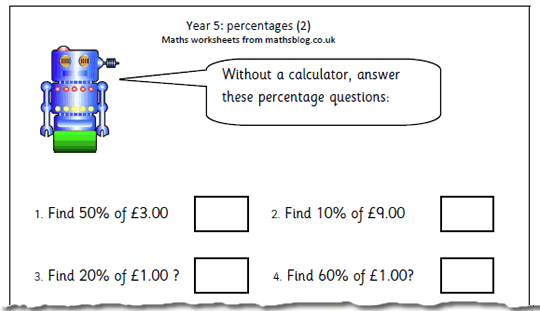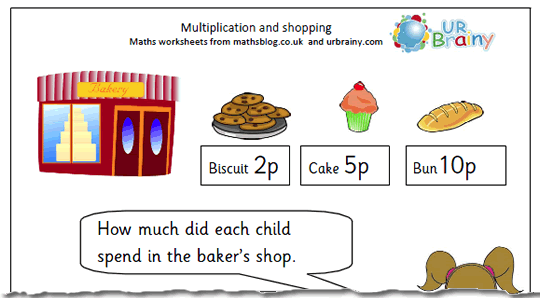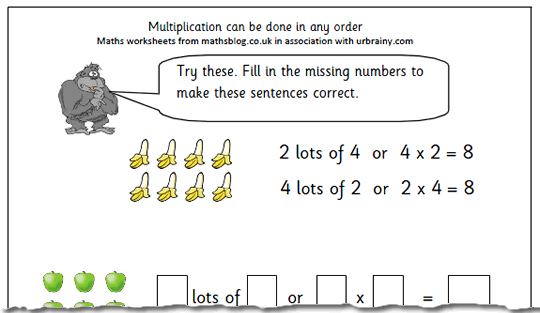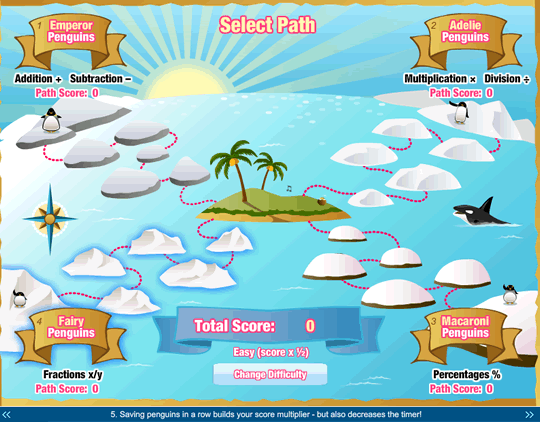
A relatively new site which has come to my attention recently is mangahigh.com. Aimed at High School students, this would only be appropriate to older primary children with a good mathematical knowledge.
A great free game to try out would be Ice Ice Maybe on estimation which is well within the range of older primary children – but watch out, it might prove addictive!
The aim of the site is to intrigue and interest students with high quality games whilst at the same time introducing new maths concepts. The repetition within playing the game leads to knowledge and success in exams.
As they say:
“Mangahigh’s unique game-based learning system brings out the mathematician in ALL students who love games.”
The games are certainly of a high standard, equal to many of the best on-line games and will almost certainly be attractive to High School students.
The games award students for success but more than this, it has a ‘learning engine’ that includes thousands of maths problems with worked answers.
Mangahigh covers all of the lessons required to score highly at Foundation and Higher Maths GCSE exams, and the questions and content are matched to teaching goals for all the major UK exam boards.
The people behind mangahigh certainly give it credibility: Ian Livingstone of Livingstone and Jackson Dungeons and Dragons and White Dwarf magazine as well as Marcus Du Sautoy, Professor of Maths at Oxford and Toby Rowland of King.com.
Starting at £4.85 a month if subscribing for a year there are many worse ways of spending your money on your children.
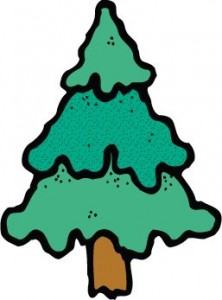 It doesn’t seem like a year ago that this little Christmas maths puzzle was posted, but Christmas is now just around the corner (although our local garden centre would have me believe that it started in early October!).
It doesn’t seem like a year ago that this little Christmas maths puzzle was posted, but Christmas is now just around the corner (although our local garden centre would have me believe that it started in early October!).